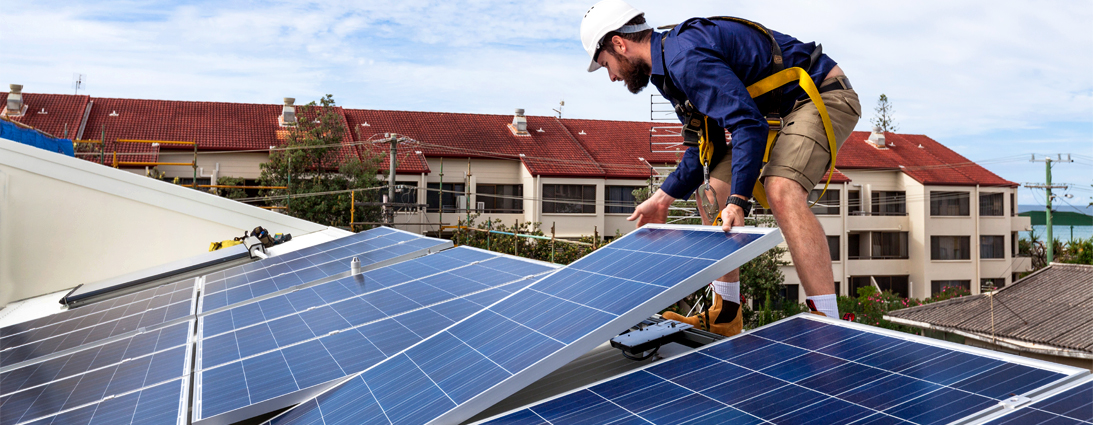

The increasing adoption of renewable energy resources nationwide provides many technical challenges for utilities long accustomed to sending electricity from remote locations toward urban areas. A new policy paper by the Center for Sustainable Energy and the UC Berkeley Energy & Resources Group provides technical, market and policy context for grid integration of solar and wind generation and compares the approaches underway in New York and California.
The two states are leading efforts to tackle greater use of what are called distributed energy resources, which create electricity locally that can be utilized within the grid’s distribution circuits without need for delivery over large transmission lines. These technologies include renewable sources such as wind and solar power that are intermittent and require strategic planning and policies, such as system analyses, performance incentives and demonstration projects, to achieve clean energy goals.
“When solar and wind use was low, grid operators could largely ignore the existence of distributed renewables,” said Steve Weissman, senior policy advisor at the Center for Sustainable Energy. “Now, they need to understand the magnitude of the intermittent generation of renewables and develop approaches to seamlessly integrate that generation into grid operations.”
Two states; two approaches
Even though California and New York are starting with different assumptions, their efforts to identify beneficial approaches and push hard for distributed energy resources is setting the bar for renewable energy integration across the nation, according to Weissman.
In the policy paper, Distributed Generation Planning: A Case Study Comparison of California and New York Proceedings, the researchers explain that both states intend to rely on granular analyses of their energy systems, as well as increased communication and monitoring, to create a foundation for major changes in their electricity grids. The states are creating pathways for direct engagement between energy customers, distribution utilities and state policymakers and regulators. Inevitably, their efforts will lead to greater understanding and dissemination of ideas to other states that may be inclined to follow suit.
In California
California’s regulators, with strong direction from the state legislature, are now focused on the technical implications of distributed resource deployment, though a Distribution Resources Plan proceeding that asks how the traditional utility’s planning process can better anticipate, rely on and serve distributed resources.
In New York
Through its Reforming the Energy Vision process, New York is re-envisioning its utilities as operators of an open-access distribution system designed to facilitate private generation and investment decisions and to encourage distributed installations in the places where it could create the greatest benefit to the grid.
“Of course, these two states are not alone in their quest to find the optimal relationship between traditional distribution utilities and the growing adoption of renewable distributed resources,” Weissman said. “No doubt even more states will engage in this quest in 2017 and beyond.”
Read the blog: New York & California Rethink Utility Relationship with Distributed Renewable Power

